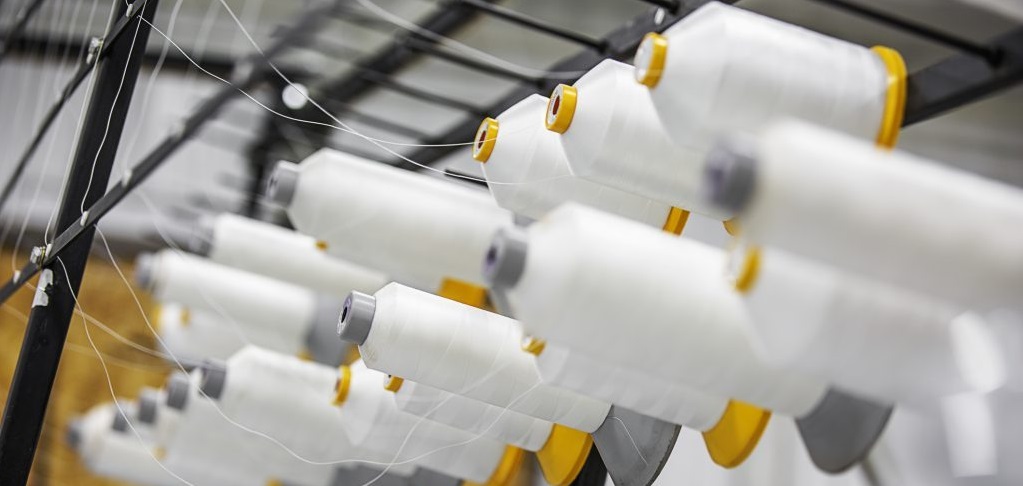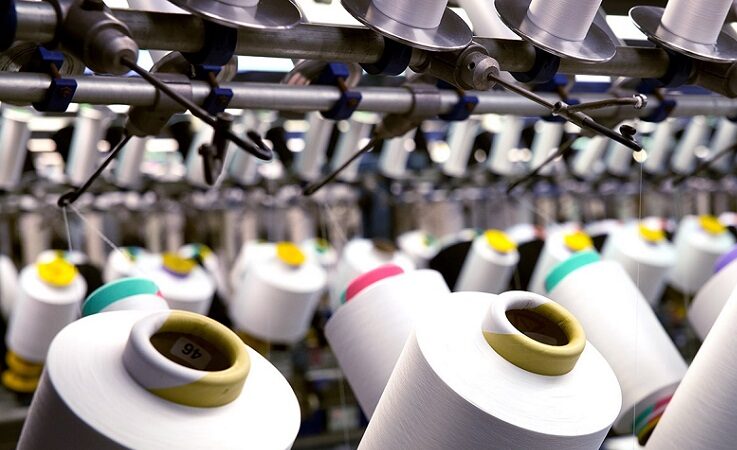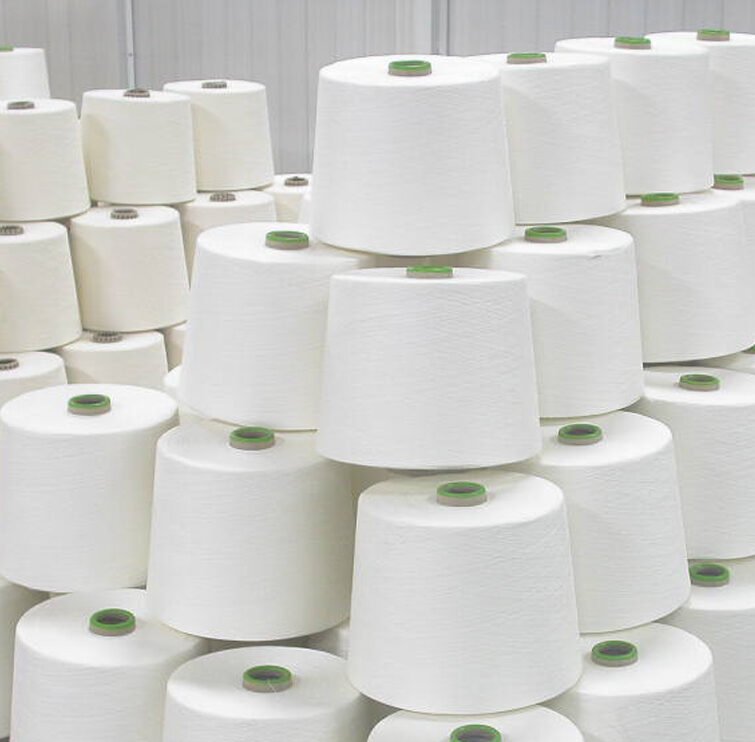Polyester filament yarn is a type of synthetic fibre made from polyester. Polyester filament yarns are usually made of endless strands that are known as filaments. Yarn manufactured with one type of filament is called monofilament yarn; similarly, yarn manufactured with more than one type of filament is called multifilament yarn. Polyester filament yarn has extensive use in textiles, fashion and most industries. Used widely for its lustrous, durable and hydrophobic properties.
Let’s look at how this wondrous yarn is manufactured.
The first step in producing polyester filament yarn is esterification, or polymerization.
Polyester filament fibres are made from polyester acids and glycols by esterifying the acids with ester exchanges between these chemicals. As an alternative to terephthalic acid, dimethyl terephthalate is preferred to preserve the purity of the reacting chemicals. To form the polymer, terephthalic acid is heated with ethylene glycol in the presence of a catalyst at 302-410°F (150-210°C).


The end result of the first step is a clear, solid, ribbon-like substance that is then used to make filament. The next step of drying is where the ribbons are molten and allowed to cool, making them brittle. The resulting matter is cut into tiny pieces or chips which are the usual raw material required for manufacturing polyester yarn.


Spinning is the third step after the chips are formed. These chips are melted at a high temperature and put in the spinneret chamber. A spinneret is a metal container with tiny holes, usually round but sometimes pentagonal that force solution through to produce fibres. A spinneret’s number of holes determines the size of the yarn, as emerging fibres are brought together to form a single strand.
The diameter of the holes is usually in the range of 0.2 to 0.8 mm but can be as small as 0.02 mm. The pressure, along with the size of the spinneret holes and the composition of the solution, determines the size, shape, and strength of the resulting fibres.
When polyester emerges from the spinneret machine, it exhibits softness and an elongated length. The fibres are drawn up to five times their length. Polyester yarns are strong, tenacious and resilient. They are left to dry until they are strong and solid. This is the process of drawing. The resulting yarn can be textured and twisted accordingly, thus forming DTY Polyester Yarn and Air Textured Yarn respectively.


Polyester Yarn Exporters and Manufacturers usually use this standard production process.
